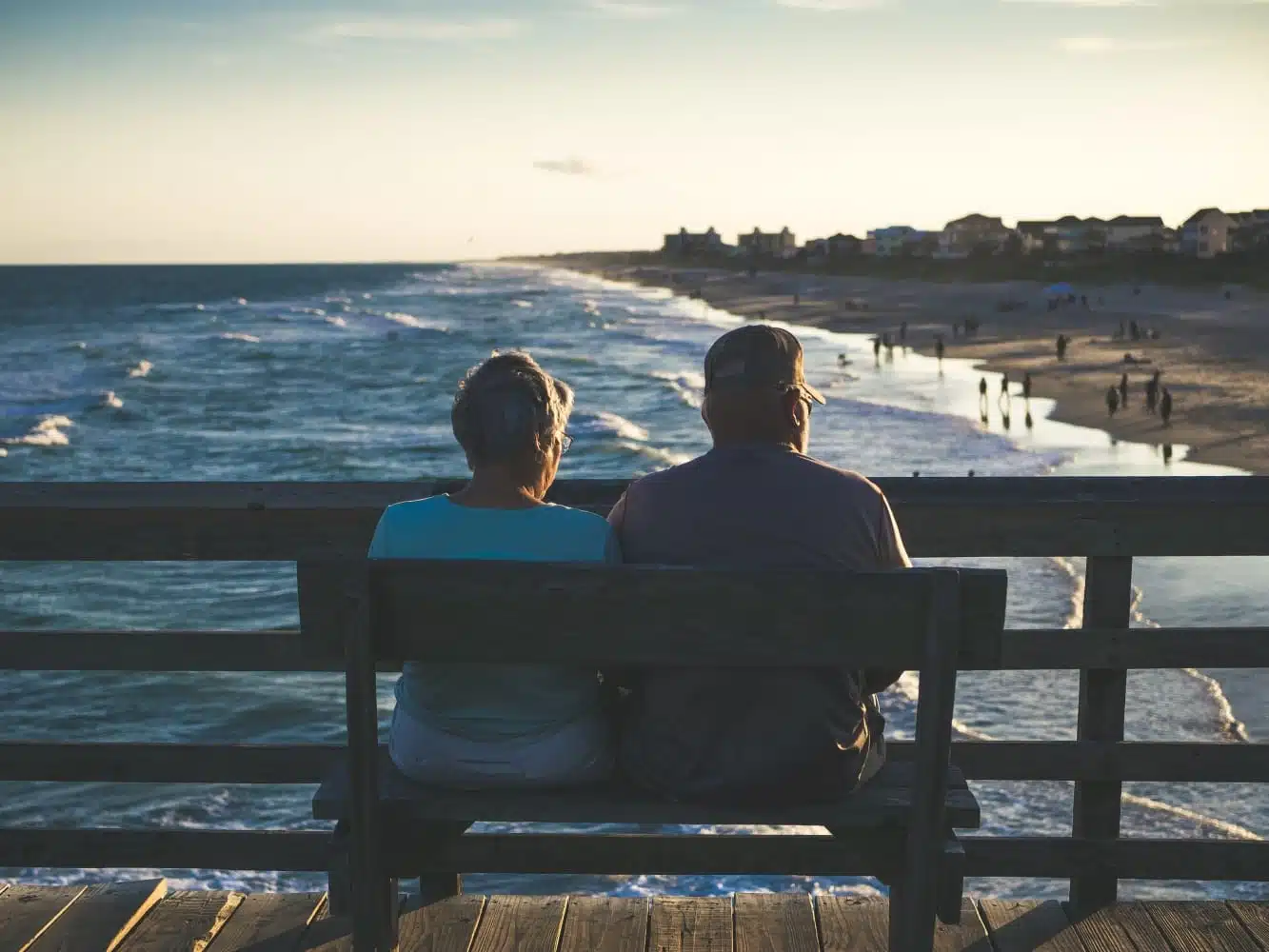
Relocating After Retirement? Smart Moving Tips from Retirees Who’ve Done It
Relocation and Moving
We all dream of the day when we can retire and start a new life filled with the freedom to do what we want, when we want, and where we want. The good news and bad news? With all that freedom comes a lot of choices and decisions.
If you’re reading this, then you’re either already planning to relocate after retirement or you’re in the process of deciding. You’re in good company, as retirement is the second biggest reason for moving, just behind job relocations, according to PODS customer research.
We also know that even if you’ve been planning for retirement for years, the idea of packing up and moving from a home you’ve lived in for decades can be both daunting and exhilarating.
But that’s no reason to stress, especially since that’s the opposite of what retirement is about. To help you sort it all out, we asked two couples who recently made big moves after retirement to share how they did it. Here are their stories and best tips for planning, downsizing, and relocating their entire households to begin wonderful new lives. First, some brief introductions:
Meet retirees Tom and Bonnie B.
- Their big move: Hartford, Connecticut to Deland, Florida
- How long since their last move: 38 years
- Downsizing challenge: From 2,400 down to 1,700 square feet
Tom and Bonnie didn’t think they would move as far south as Florida, but then decided on Deland because they have a daughter and two grandchildren just three hours away in North Port. They chose Deland because a good friend had moved there and they liked it when they visited. “Our daughter was thrilled we would be there,” said Tom, a retired pastor. They have three other children and 12 other grandchildren split between Hartford and Rochester, NY, but they wanted to get away from the cold.
Meet retirees Stacye and Mark T.
- Their big move: Columbia, Maryland to Phoenix, Arizona
- How long since their last move: 20 years
- Downsizing challenge: From a five-bedroom to two-bedroom home
For years, Stacye and Mark assumed they would stay put after retirement because they loved their home, their community, and their neighbors. But when Mark’s mother, who lives with them, said she was tired of the snow and ice, they decided to take the opportunity to move to sunny Arizona. Adding to Arizona’s appeal is that’s where their youngest daughter now lives, as well as Stacye’s parents. Once the choice was made, they put their professional expertise as project planners to work, resulting in a super-organized move.
Without further ado, here are the best tips from Tom, Bonnie, Stacye and Mark -- making use of their collective wisdom based on decades of ministering and project management experience -- to help you make your own move a success. That way you can get on to more important things -- like enjoying retirement.
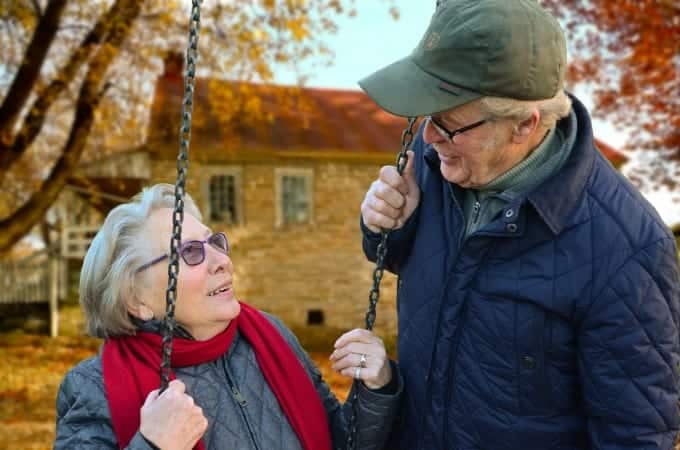
1. Give yourself plenty of time
There’s no reason to rush yourself into moving immediately after retirement. For example, both couples we talked to took about a year for the process. Others may simply want to relax for a year or more to see how they feel after retiring before making any decisions about relocating.
Big moves are often best made in stages. For instance, Tom said he retired in the fall. He and Bonnie visited Florida, found and bought their ideal home, and moved most of their belongings in time to enjoy the warm winter weather. Then in June, they headed back north to decide what to do about their home in Hartford. It sold in one day after hitting the market in September, giving them about a month before closing to finish packing up and moving their things down to Florida.
2. Keep an open mind about retirement locations
Tom never thought he’d end up in Florida because of the brutal summer heat and humidity. Stacye and Mark expected to live out their years in the home and neighborhood they loved. But when retirement finally came, the chance to be closer to at least parts of their families won out. “This May was the first time we’d been with our daughter for Mother’s Day in 24 years. That was really special for us,” said Tom, adding that he figures they’ll spend summers up north visiting their other children.
Although Stacye and Mark expected they’d live in their Maryland house forever, they adapted quickly to the idea of Arizona when Mark’s mother told them, “I don’t want to live in all this weather.”
“We love it here. Even with the hottest, driest summer on record. There’s no mold, no stairs, and we’ve really reconnected with family here,” said Stacye.

3. Consider a home equity loan to help transition between homes
If you’re buying a home for retirement, you can use the equity in your existing home to stage your move without rushing or feeling too much pressure on timing the sale of one home and the purchase of another. By using a home equity loan, Tom and Bonnie were able to act quickly to make an offer when they found a home that was exactly what they wanted. Even though he admits he was always against taking loans out against your home, Tom said he recognized that in this case it made a lot of sense, as it was just for a short period of time.

4. Hold a family meeting to get everyone on the same page
Adult children, grandparents, and other close family members often play a role in a retiree’s moving process. From getting rid of kids’ stuff and deciding who wants items that will be up for grabs to talking through the timing and plans, it can help to get everyone on board. Heck, a meeting can even help make sure you’re on the same page as your spouse. Stacye and Mark set the stage for a smooth moving process by holding a family meeting to share their plans and explain how their kids could choose what items they’d like to keep.
5. Think like a project manager
Of course Stacye and Mark had an edge as professional project managers, but their tips will help you tap into your own inner organizational guru:
- Use spreadsheets to track and share. Google sheets are free and super easy to share with anyone. Microsoft Excel users will find it easy to adapt to these, or they can stick with what they know.
- Create an inventory. Going room by room, list all furniture and other significant belongings and create columns to note where each item will go -- will it move with you, go to a specific child, be donated or sold, or given to someone else? Share this with your children and have them note which available items they want.
- Make a punch list or moving checklist. This will track everything that needs to get done, who’s doing it, and when.
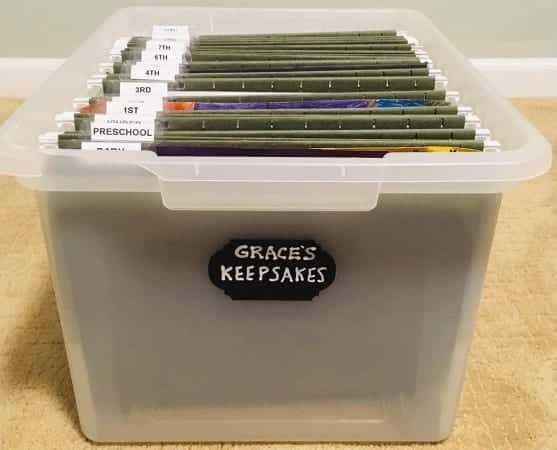
6. Create memory bins for adult children
Stacye got large plastic bins for each of her daughters containing “little memories for each stage of life.” Then it was their responsibility to go through the entire bin and take what they wanted.
7. Start getting rid of stuff early
When you’ve been living in a home for years, it takes a lot of time to clear everything out. “We had a mad dash for a month, getting the house ready to sell,” said Tom. “I sold a ton of stuff on Facebook Marketplace.” He also used a rented dumpster to “throw out a lot of stuff.”
8. Eat the elephant of clutter one bite at a time
Don’t try to clear out years of accumulated stuff all at once. Choose small, discrete areas and projects to tackle in chunks. “One day we’d do the laundry area, another a closet. We’d work for an hour, two hours, whatever we felt like doing,” Stacye said.
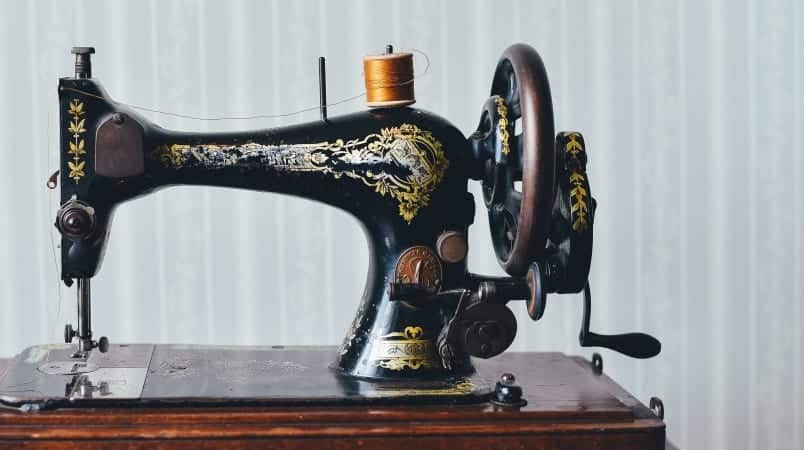
9. Let yourself keep the things you really want
Both Stacye and Tom said they didn’t pressure themselves to get rid of too much. “We didn’t try to restrict ourselves,” said Stacye, adding that they liked using the Marie Kondo method. “We’d ask ourselves if this gives us joy. If it did, we’d keep it. Some things were like, ‘oh my god I can’t believe we still have this! It’s got to go.’”
They also agreed to take some things on the move that they may ultimately sell or give away. For instance, Tom had some special custom bookshelves that didn’t sell in Connecticut. He planned to take them to Deland and use an auction house there.
10. Give stuff to friends, neighbors, and charity
After their children had chosen the items they wanted to take, Stacye and Mark shared belongings with a wider circle, from their housekeeper to friends and neighbors. Their neighborhood email list was especially helpful for getting rid of tools and equipment from their garage. After all, who needs a snow blower in Arizona or Florida? The items that didn’t go to people they knew got picked up by a local charity.
11. Choose a moving option that works for you
While both couples had used full-service movers and rental trucks before, this time they opted for PODS portable containers. In both cases, they were seeking a better experience, and they got it. They also appreciated the flexibility and convenience that comes with having a container delivered to their home, loading their belongings on their own schedule, and then having it picked up, transported, and delivered to their new home.
“There’s so many different options. I’ve driven cross-country with U-Hauls, and I wasn’t about to do that,” said Tom. He was thrilled when PODS moved their first container to Florida. “It was just flawless. Not a single item was broken. I’ve been recommending PODS to everyone since then.” He and Bonnie also used PODS for their final moving stage after selling their Hartford home.
Stacye and Mark had mainly used full-service movers paid for by their employers, and they weren’t happy with the amount of damage and loss. “With the movers, there was always something that didn’t show up at the other end. Always,” said Stacye. “The last time we moved from Colorado to Baltimore, there were so many things broken. And we lost a futon in the process. It just didn’t make it. We were one of three households being put on one of those huge moving vans. They did not care about our things.”
In contrast, she said that with PODS, they worked with “caring people every step of the way,” from the phone representatives to the drivers. And they knew their belongings were safe and secure. “Once we locked it with our lock, it wasn’t going to be opened again until we did it,” said Stacye about her container. The driver also took care with little details like expertly maneuvering their container just so it wouldn’t damage a gorgeous cactus in their new Arizona yard.
12. Hire professional labor to help load
Even if you’re using a rental truck or moving container, you still don’t have to do the heavy lifting. Both couples hired hourly moving professionals referred by PODS and emphasized that this was an invaluable step. “They did a fabulous job,” said Tom. “They wrapped all the furniture pieces in plastic and it was packed in so professionally. When we got the container in Florida, nothing had moved.”
They both said the movers’ expertise in loading a container really showed. “They packed every inch, so there wasn’t an inch of room to spare. In all of it, we only had two things broken,” said Stacye.
13. Double check the space you need for moving
Tom and his wife said they had enough room with one 16-foot container for each of their moving stages. However, Stacye said she and Mark started with one 16-foot and one [8-foot] container*, and then had to order a third container. Although she said she found the PODS moving calculator helpful, she underestimated the space they needed. “Whatever you think you need, add some space to that,” she advised. “We probably would have been fine if we’d started with two 16-foot containers.”
14. Skip the driving with Auto Train
One big plus about using portable containers or full-service movers, is you don’t have to drive a big truck. But you still need to get yourself and your car to your new state. Tom has a great suggestion for that. If you’re moving on the East Coast from north to south or vice versa, both you and your car can take the Amtrak Auto Train, which runs 855 miles from near Washington, DC to Orlando. Tom said it cost just $200 for their car and $80 each for the couple to make the trip, saving the cost of a hotel, gas, and wear and tear on himself and the car. It was so comfortable, he said that’s the way they plan to make the trip from now on.
15. Stay connected with Zoom
One thing that the pandemic has taught us is that we can stay connected with friends and family, even if they’re thousands of miles away. “We’re Zoom headquarters,” said Stacye, adding that they’ve been “zooming” with their daughter back east quite a bit.
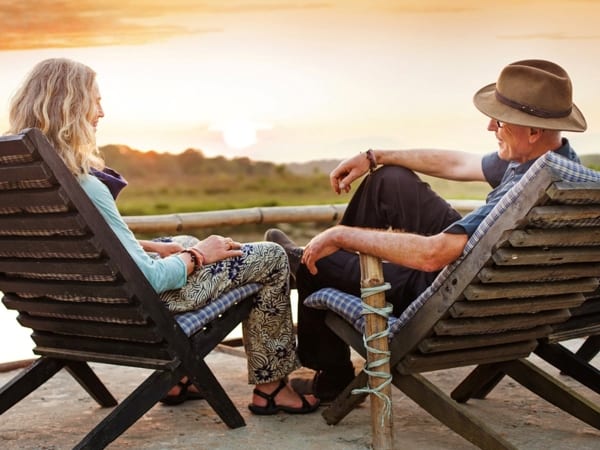
16. Take it easy and enjoy yourself
Once you get to your new home, there’s no need to dive into a bunch of activities. While it’s good to get involved in your new community and make new friends, remember that retirement is about relaxing. “We’re having fun. We aren’t committing to anything,” said Stacye. “After being in management for years, we’re enjoying just being participants in life.”
Sounds great to us. How about you? What are your plans for retirement? Comment below and share any retirement relocation tips -- or challenges -- of your own.
(Credit for the photo featured at top: James Hose Jr via Unsplash)
*PODS is constantly upgrading its container fleet and container sizes may vary slightly from one model to another.
Liz Taylor is a freelance writer who keeps up with moving and storage trends while managing the PODS Blog.
Related Articles
Comments
Leave a Comment
Your email address will not be published. Required fields are marked *
